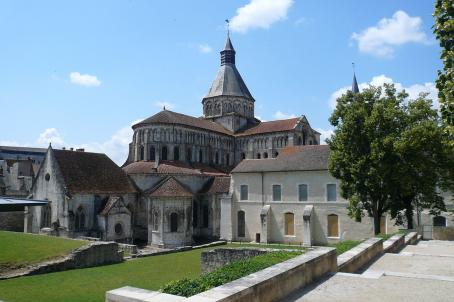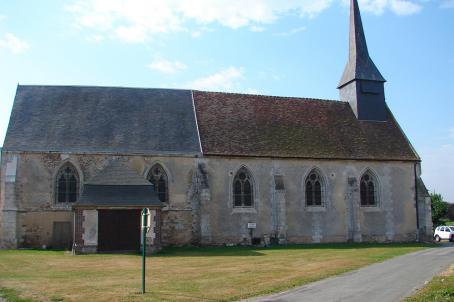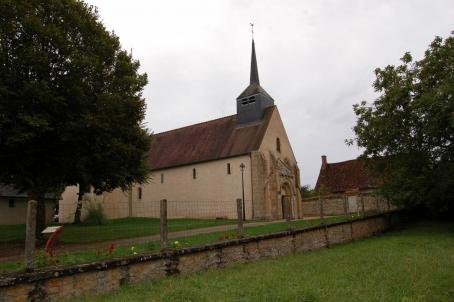Old church of Saint-Pierre ou Eglise Saint-Père-la-None
The church was founded in the 10th century by the monks of St. Saturn and was a priory with residential buildings and hospice. During the wars of the 14th century, the English plundered Saint-Satur. The church was completely destroyed by the Protestants in 1567.
About this building
Abandoned in 1777, the church saw only its western portal remaining. It was enclosed by a boundary wall and the rest of the land was filled in. The portal opens through a low archway, surmounted by three semi-circular arch rollers set back from each other. The nave consisted of five bays, with central and side aisles. Each bay had two piers separating the three aisles.





